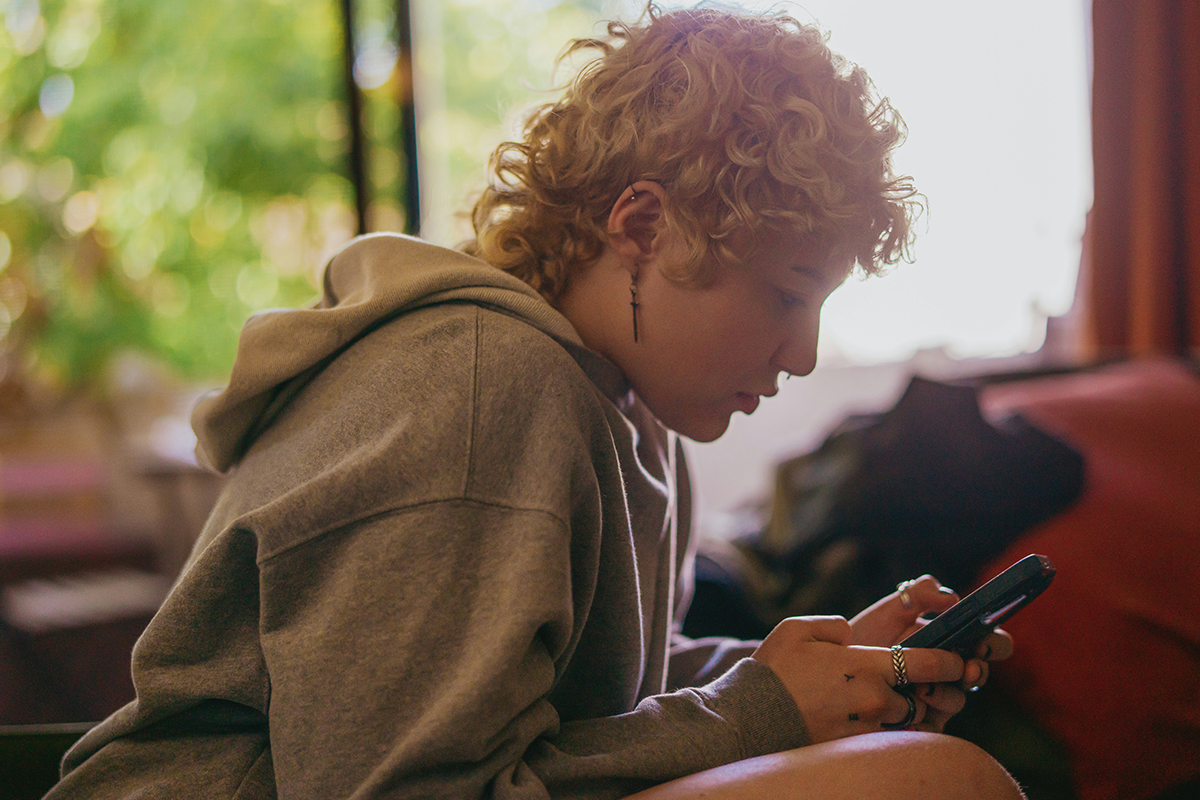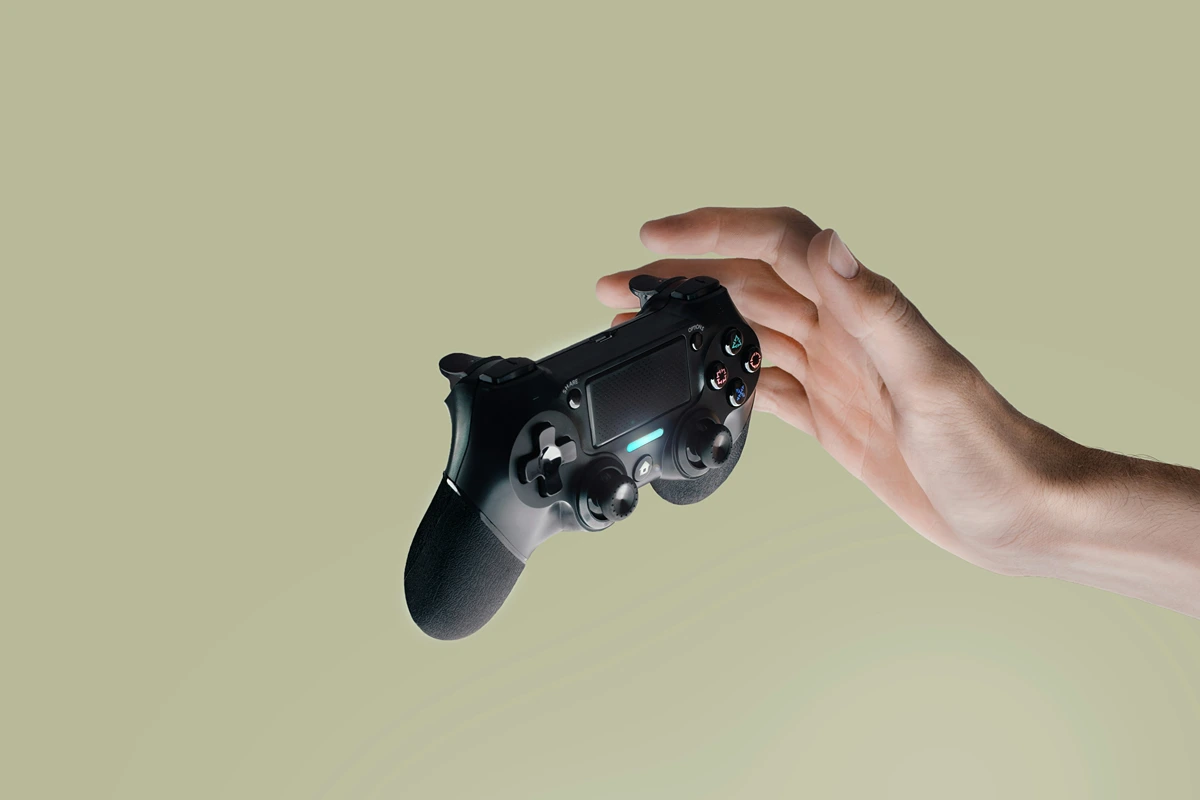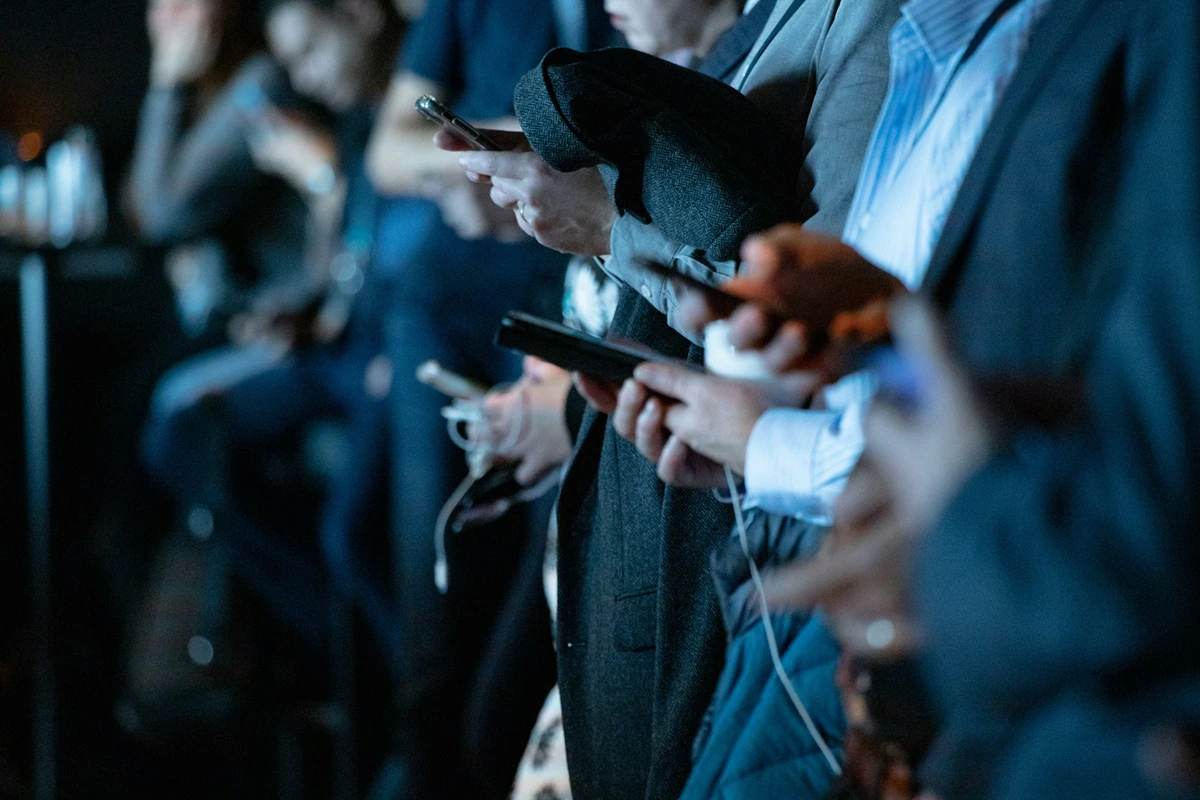Why Scrolls Feel Louder With ADHD
Short form pings, auto play videos—today’s tech is built for digital overwhelm. For neurodivergent adults with ADHD, that design collides with a brain already tuned for quick-fire stimuli (Wilcockson, Osborne, & Ellis, 2019). Bright light, motion, and infinite feeds can tax sensory processing, fragment focus, and leave you wired but exhausted. This blog post will discuss some strategies for managing digital overwhelm for those with ADHD.
1. Tame the Senses: Sensory Processing Screens
- Dim & warm the glow. Lower brightness, switch to dark mode, and enable blue-light filters after dusk.
- Declutter the visual field. Park essential apps on one calm home screen; hide the rest in folders.
- Silence the non-urgent. Turn off badges and vibrations for anything that isn’t truly time-sensitive. Ask yourself, “Which notifications really matter?”.
2. Micro-Mindfulness Apps for an ADHD Brain
Look for apps offering:
- 1–5 minute guided tracks—long enough to reset, short enough to finish.
- Gamified breathing or tapping to keep hands engaged.
- Built-in reminders you can schedule during known stress windows.
Early research shows digital interventions tailored to ADHD can boost attention and emotional regulation (Zhao et al., 2024). Treat these apps as training wheels, not another rabbit hole.
3. Rapid-Relief Routines for Digital Overwhelm
Digital overwhelm often strikes in predictable moments. Here’s how to replace the usual spiral with ADHD-smart resets you can finish in under two minutes:
Deadline panic
Old pattern: you reach for the phone and “take a break,” only to lose twenty minutes in a doom-scroll hole.
New swap-in: stand up, do ten wall push-ups to discharge the adrenaline, then set a ten-minute kitchen timer and dive back into your highest-impact task.Evening screen fatigue
Old pattern: Netflix autoplay pulls you through episode after episode while your brain stays wired.
New swap-in: grab a notepad and brain-dump five lingering thoughts. Pick one low-stim hobby—puzzle piece, sketch, or light stretch—to signal your body it’s time to wind down.Random boredom
Old pattern: thumb goes toward Instagram Reels “just to see what’s up.”
New swap-in: keep a tactile object (stress ball, fidget cube) within reach or walk to refill your water. Physical movement stops the autopilot loop before the app even opens.
These interventions interrupt the cue routine reward cycle, giving your brain a chance to choose—not just react.
4. Carve Out “No-Tech” Areas
- Room rules: Bedroom and dining table = device-free zones.
- Time blocks: Last 30 minutes before sleep = “digital sunset.” Use a mindfulness app for extra support.
- Social contracts: Tell friends you’ll reply after focused blocks; expectations reduce pressure.
These small pockets of quiet act as sensory “cool-down” periods, easing re-entry into focus.
5. Accessibility Features = Sensory Processing
- Focus / Do Not Disturb modes: Auto-silence non priority apps.
- Speech-to-text: Dump ideas without wrestling the keyboard.
- Text-to-speech: Listen to long reads while walking to bleed off restlessness.
Experiment until the device bends to your brain—not the other way around.
Putting It Together: Your Personal Tech-Balance with Mindfulness
- Pick one sensory tweak (e.g., night shift).
- Add one mindful micro-habit (e.g., 3-minute breathing before opening socials).
- Choose a “no-tech” area (room or time).
- Review weekly: Is stress dropping? Adjust and iterate—progress over perfection.
Screens aren’t the enemy; unmanaged design is. By tailoring your environment and routines to digital overwhelm ADHD strategies, you can turn technology from energy drain into intentional tool.
References
- American Psychological Association. (2017). *Stress in America: Coping with change.* https://www.apa.org/news/press/releases/stress/2016/coping-with-change.pdf
- Wilcockson, T. D. W., Osborne, A. M., & Ellis, D. A. (2019). Corrigendum to “Digital detox: The effect of smartphone abstinence on mood, anxiety, and craving.” *Addictive Behaviors, 103*, 106263.
- Zhao, L., Agazzi, H., Du, Y., Meng, H., Maku, R., Li, K., Aspinall, P., Garvan, C. W., & Fang, S. (2024). A digital cognitive-physical intervention for attention-deficit/hyperactivity disorder: Randomized controlled trial. *Journal of Medical Internet Research, 26*, e55569.
*Disclaimer: Offline Now offers educational coaching tips, not medical or therapeutic advice; please consult a qualified health professional for personal or clinical concerns.*



